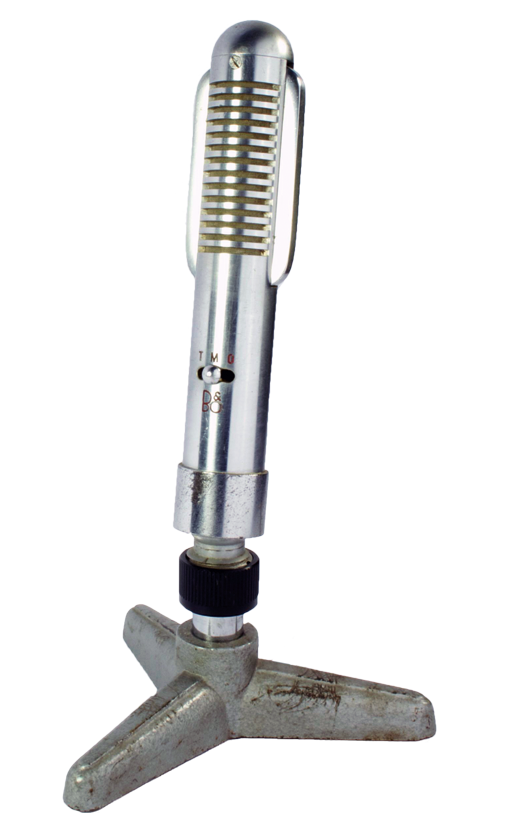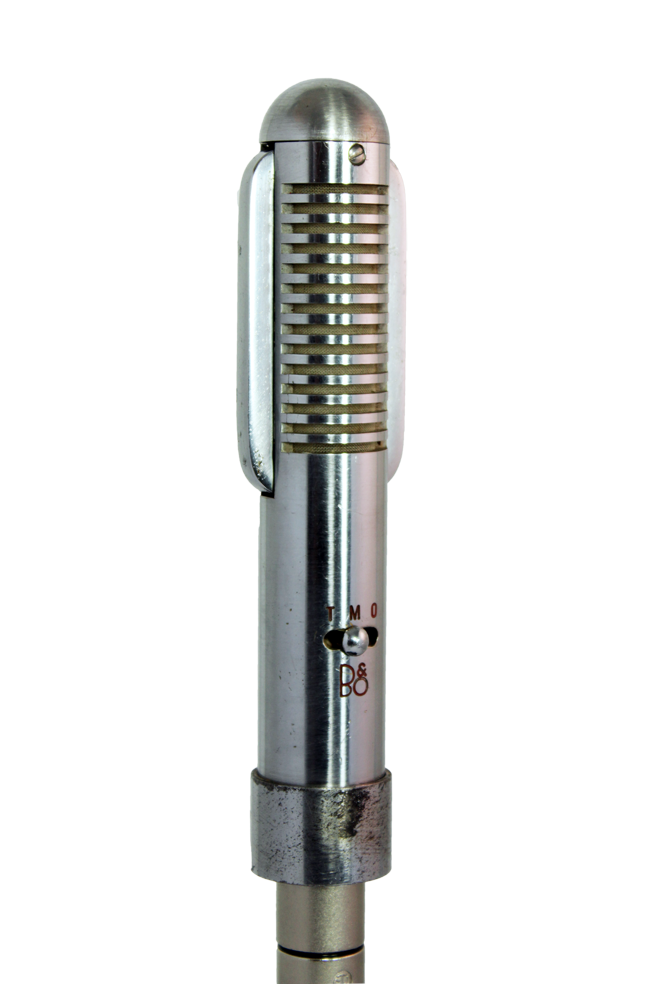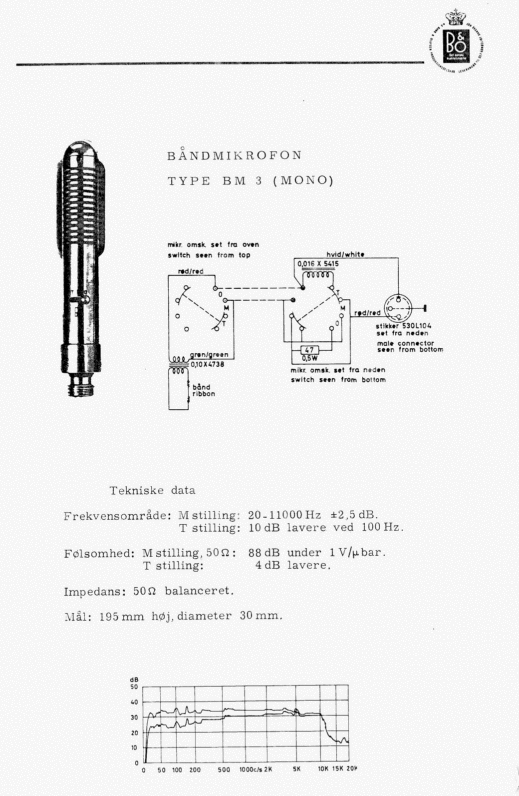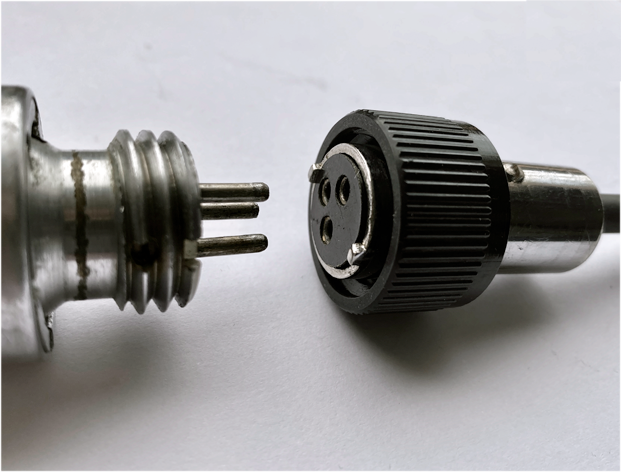|
It does not happen often that a microphone made for the consumer market turns out to be so good that it ends up in the studio for professional recording purposes. B&O's BM3 ribbon microphone with its bidirectional pick up pattern is such an exception.
Made from ca 1959-1965, for the more serious tape recorder enthousiast, this beautifully designed slender shape took the fancy of many.
The BM3 was B&O's second ribbon microphone, but unlike its predecessor, the BM2, this had a very minimalist design which was so small in diameter that the necessary construction for the magnets did not fit in the housing. Thus the designer decided to let it stick out, like ears, and the ribbon microphone got its ideal shape.
Put it next to an RCA 44 (300 x 120 x 90 mm) and you'll see the amazing difference in size. The BM 3 is just 195 mm long, with a 30 mm diameter. THe RCA 44BX weighs 3,85 kg, whereas the BM 3 weighs only 383 grams, only one tenth of the weight of the 44 BX!
Now try to imagine how much easier it is in use; you don't need an extra heavy mike stand and it is no problem to place it wherever you want to.
The ribbon of the BM 3 was piston shaped, not corrugated like the RCAs. Beyerdynamic uses the same idea; in theory piston shaped ribbons have a higher output and less distortion, in practice it is hard to hear any difference.
Because BM3s are some 60 years old by now, their ribbons have often detoriorated or may have been crushed, between the magnets, which happens often.
Whenever a BM 3 is serviced and re-ribbonned, the new ribbon will be a corrugated one, but that will get it back to the original specs, or with stronger magnets it may even be better.
Xaudia offers a complete revision with new ribbon, stronger magnets, a 300 Ohm transformer and changes the unusual 3 pin B&O connector for an XLR 3, all this improves the signal by 18 dB.
For anyone who wants to use these microphones in a professional studio, this upgrade is highly recommended, although there are those who prefer the original darker sound of an unrestored version.
The BM 3 had a 3-way switch at the front, with T/M/O setting. T for Talk, with a 100 Hz low cut, M for Music, the straight signal, and O for Off. The output impedance is 50 Ohm, so a step up transformer is necessary for use with modern equipment.
After the BM 3, B&O presented the BM 4 with the exact same looks, but with a choice of impedances (50/250/40k Ohm) via a switch at the back.
In the USA, both microphones were sold as the 'Fen-Tone Blue Ribbon'.
The shape and sound of the BM 3 inspired a number of other microphone makers. Best known is the Royer 121, a modern copy, with a wonderful sound but a hefty price, it is often preferred for electric guitar. Extinct Audio has two similar looking versions, with great sound and a more modest price: the standard BM 9, for acoustic instruments and vocals, and the 'Black Ops' for loud sources, like electric guitars.
These are all great microphones, but if you can get your hands on an original BM 3 or 4, for not too much money, and have it serviced, you have a microphone that is great on almost any source, so keep an eye out for them.
These and many more types feature in my book Witnesses of Words. More information about that can be found at www.witnessesofwords.com
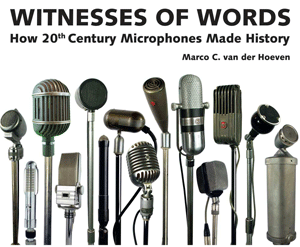
|
|
|
|
|
Above: the B&O BM 3 in original condition and a version modded by Xaudia, with new ribbon, transformer and XLR3
Below: sound of both, BM 3 specsheet and the connector |
|
|
|
|
|

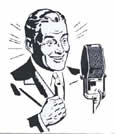
 Video's
Video's Contact
Contact


